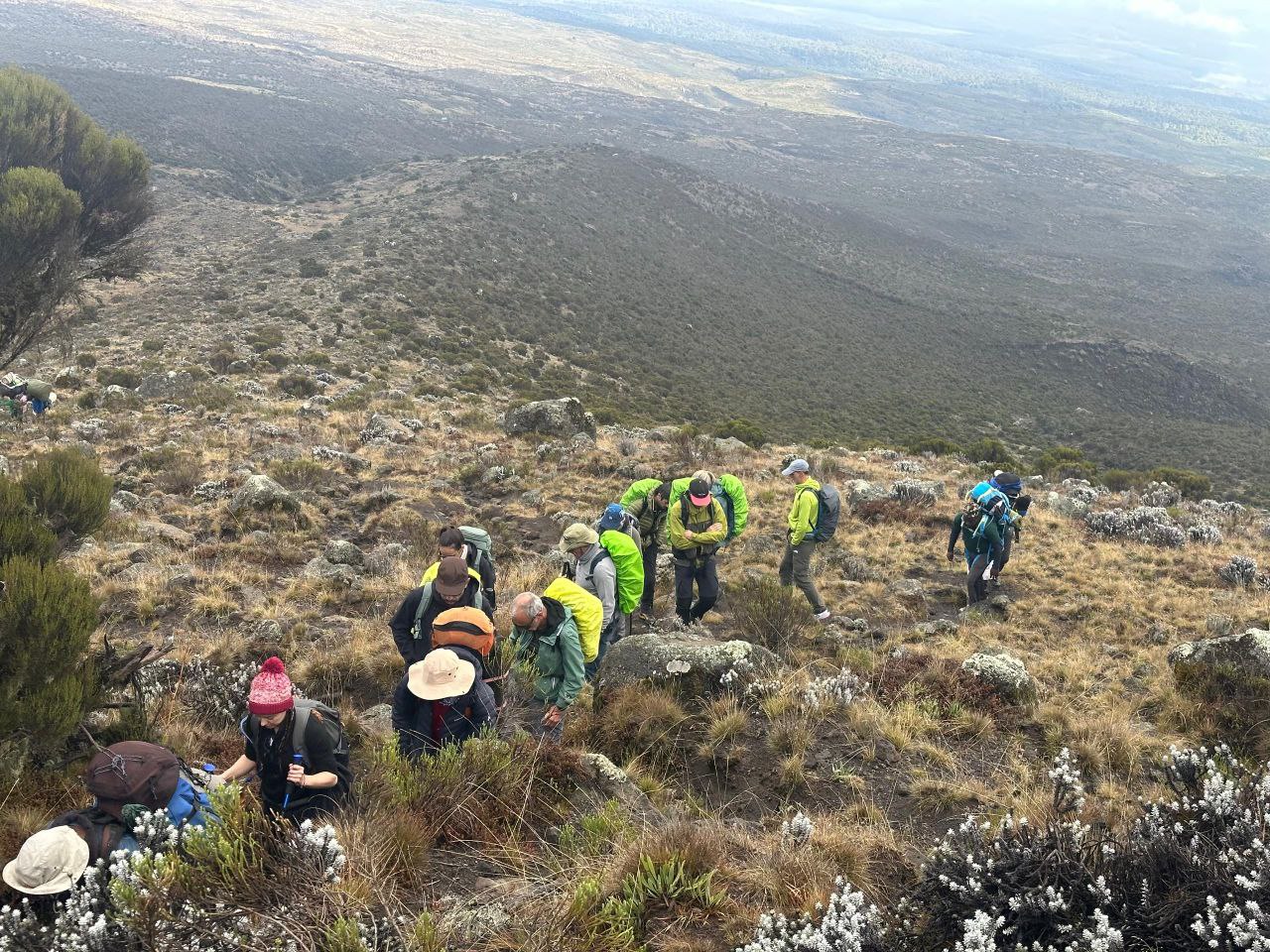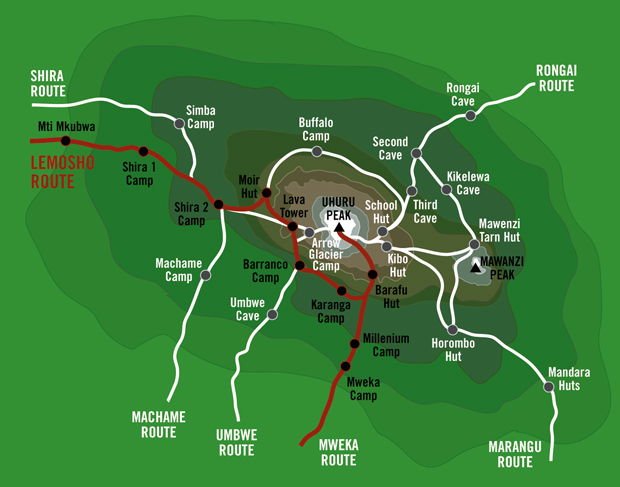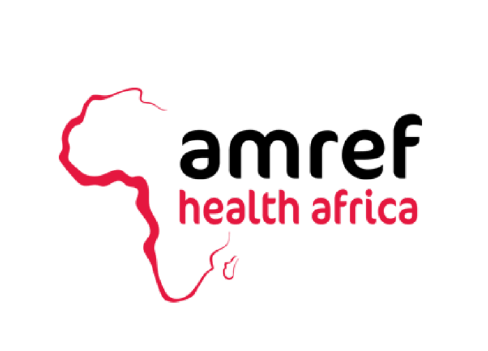Dreaming of standing atop Mount Kilimanjaro, Africa’s highest peak at 19,341 feet? For first-time climbers, the idea of scaling this iconic mountain can feel daunting, but here’s the good news: Kilimanjaro is surprisingly beginner-friendly. With no technical climbing skills required and moderate fitness levels sufficient, thousands of novices summit Uhuru Peak each year. At Africa Paradise Adventures, we specialize in guiding first-timers to success with our 98% summit success rate and tailored itineraries. In this comprehensive guide, we’ll demystify the Kilimanjaro climb, share beginner-friendly tips, recommend the best routes, provide a simple training plan, address common fears, and answer FAQs to help you conquer the Roof of Africa.
Why Kilimanjaro is Beginner-Friendly

Mount Kilimanjaro, located in Tanzania, is one of the Seven Summits and the world’s tallest free-standing mountain. Despite its height, it’s accessible to beginners for several reasons:
- No Technical Skills Required: Kilimanjaro is a trekking peak, meaning you’ll hike rather than climb using ropes or ice axes. The trails involve walking on varied terrain, from rainforest paths to rocky scree, making it achievable for those with basic hiking experience.
- Moderate Fitness is Enough: While stamina is essential, you don’t need to be an athlete. With 3–4 months of preparation, most healthy individuals can build the endurance needed.
- Guided Support: Africa Paradise Adventures provides expert guides, porters, and comprehensive support, including tents, oxygen tanks, and fresh meals, so you can focus on trekking.
- Flexible Routes: Beginner-friendly routes like Marangu and Lemosho offer manageable paces and excellent acclimatization opportunities, increasing your summit chances.
With proper preparation and the right operator, Kilimanjaro is an achievable goal for first-time climbers.
Best Routes for Beginners

Choosing the right route is crucial for a successful and enjoyable climb. Kilimanjaro has seven main routes, but two stand out for beginners: Marangu and Lemosho. Here’s why:
Marangu Route
- Nickname: “Coca-Cola Route”
- Duration: 5–6 days
- Why It’s Beginner-Friendly:
- Offers hut accommodations instead of tents, providing more comfort and protection from weather.
- Shorter duration (5 days up, 1 day down) suits those with limited time.
- Gentle gradients in the lower zones make it less strenuous initially.
- Considerations: Shorter duration means faster ascent, which can increase altitude sickness risk. Opt for the 6-day itinerary for better acclimatization.
- Highlights: Passes through rainforest and moorland, with stunning views of Kibo Peak.
Lemosho Route
- Duration: 7–8 days
- Why It’s Beginner-Friendly:
- Longer duration allows gradual acclimatization, reducing altitude sickness risk.
- Scenic route with diverse landscapes, including the Shira Plateau and Barranco Wall.
- Lower crowds provide a more relaxed experience.
- Considerations: Requires camping, but Africa Paradise Adventures provides high-quality tents and mattresses for comfort.
- Highlights: Offers chances to spot wildlife like colobus monkeys in the rainforest and panoramic summit views.
Recommendation: Choose Marangu for a shorter, hut-based trek or Lemosho for better acclimatization and scenery. Africa Paradise Adventures offers both with beginner-focused support, ensuring a 98% summit success rate.
Simplified Training Plan for Beginners (3–4 Months)
Climbing Kilimanjaro requires stamina, leg strength, and mental resilience. A 3–4-month training plan is sufficient for most beginners. Here’s a simple guide:
Months 1–2: Build a Base
- Cardio: Walk or jog 3–4 times weekly (30–45 minutes, moderate pace). Aim for 10,000 steps daily using a fitness tracker.
- Strength: Do bodyweight exercises (squats, lunges, step-ups) 2–3 times weekly to strengthen legs and core.
- Hiking: Practice 1–2-hour hikes on weekends with a 5–10 kg backpack to simulate trail conditions.
Months 3–4: Increase Intensity
- Cardio: Increase to 4–5 sessions weekly, including 1–2 interval sessions (e.g., 1 minute sprint, 2 minutes walk, repeat 10 times).
- Strength: Add weights (light dumbbells or resistance bands) for squats and lunges. Include calf raises for ankle stability.
- Hiking: Plan 4–6-hour hikes weekly with 10–15 kg backpacks on varied terrain (hills, stairs). Test your hiking boots to prevent blisters.
- Altitude Simulation: If possible, hike at higher elevations (1,500m+) or use a treadmill with incline to mimic Kilimanjaro’s slopes.
Tips
- Rest: Take 1–2 rest days weekly to avoid burnout.
- Hydration: Practice drinking 3–4L daily to prepare for Kilimanjaro’s hydration needs.
- Mental Prep: Visualize summiting and practice positive affirmations to build confidence.
Note: Consult a doctor before training, especially if you have health conditions. Africa Paradise Adventures provides a 40-page dossier with detailed training advice upon booking.
Packing Tips for Beginners
Packing for Kilimanjaro can feel overwhelming, but focusing on essentials keeps it manageable. Here’s a simplified list tailored for novices:
- Clothing:
- 3–4 moisture-wicking base layers (merino wool or synthetic, no cotton).
- 1–2 fleece jackets for warmth in moorland and alpine zones.
- 1 waterproof jacket and overpants (Gore-Tex) for rain and wind.
- 1 down jacket for summit night (-20°C/-4°F).
- 1 pair waterproof hiking boots (broken in) and 3–4 pairs of hiking socks.
- 1 sunhat, 1 knit hat, and sunglasses (category 3 or 4).
- Gear:
- 20–30L daypack with rain cover for daily essentials.
- 4-season sleeping bag (-20°C rated, rentable from Africa Paradise Adventures).
- Trekking poles (rentable) for stability on scree and descents.
- 2–3L hydration bladder and 1L Nalgene bottle (plastic bottles banned).
- Health:
- SPF 50+ sunscreen and lip balm for UV protection.
- Personal first-aid kit (bandages, Ibuprofen, Diamox for altitude sickness).
- Wet wipes and hand sanitizer for hygiene (no showers on the mountain).
- Other: Headlamp with extra batteries, power bank, high-calorie snacks (e.g., nuts, energy bars), and $200–$300 USD for tips.
Tip: Africa Paradise Adventures provides group gear (tents, oxygen tanks, cooking supplies) and rentals in Moshi, saving you from buying expensive items. Request our free Kilimanjaro Packing List PDF for a detailed checklist.
Addressing Common Fears While Climbing Mount Kilimanjaro

First-time climbers often worry about altitude, weather, and physical demands. Here’s how to overcome them:
Fear 1: Altitude Sickness
- Concern: Altitude sickness affects many above 3,000m due to lower oxygen levels.
- Solution:
- Choose longer routes like Lemosho (7–8 days) for gradual acclimatization.
- Stay hydrated (3–4L daily) and eat high-calorie meals provided by our chefs.
- Consider Diamox (125mg twice daily, consult your doctor) to prevent symptoms.
- Our guides monitor your health with pulse oximeters and carry oxygen tanks for emergencies.
- Stat: With Africa Paradise Adventures’ acclimatization-focused itineraries, 98% of climbers reach the summit safely.
Fear 2: Harsh Weather
- Concern: Rain in the rainforest, freezing summit temperatures, and high winds can be intimidating.
- Solution:
- Pack layered clothing and waterproof gear (see packing tips).
- Climb during dry seasons (January–March, June–October) for better conditions.
- Marangu’s huts or our high-quality tents on Lemosho keep you sheltered.
- Tip: Check weather forecasts before your trip and trust our guides’ expertise in navigating conditions.
Fear 3: Physical Demands
- Concern: Novices fear they lack the stamina for 6–8-hour daily treks, especially summit night (10–12 hours).
- Solution:
- Follow our 3–4-month training plan to build endurance.
- Guides set a slow “pole pole” (Swahili for “slowly”) pace to conserve energy.
- Porters carry your main gear (15 kg max), so you only carry a light daypack (5–7 kg).
- Encouragement: Many of our clients are first-timers who succeed with moderate fitness and determination.
Why Choose Africa Paradise Adventures?
Based in Mississauga, Ontario, with deep roots in East Africa, Africa Paradise Adventures is your trusted partner for a beginner-friendly Kilimanjaro climb. Here’s why:
- 98% Summit Success Rate: Our expert guides and acclimatization-focused itineraries maximize your chances of reaching Uhuru Peak.
- Beginner-Focused Support: From pre-trip briefings to on-trail encouragement, we cater to novices with personalized care.
- Comprehensive Packages: Includes airport transfers (JRO), lodging in Moshi, group gear, and gourmet meals. Rentals (sleeping bags, poles) are available in Moshi.
- Sustainability: We support local communities through fair wages and eco-friendly practices.
- Testimonials: Clients like Starstwirl rave, “Africa Paradise Adventure took care of everything! They were responsive and helpful from beginning to end.”
FAQs for First-Time Kilimanjaro Climbers
Q: Do I need prior climbing experience to summit Kilimanjaro?
A: No! Kilimanjaro is a trekking peak, requiring no technical skills. Moderate fitness and our guided support are enough for most beginners.
Q: What’s the best route for a first-timer?
A: Marangu (5–6 days, hut-based) is great for comfort and shorter duration. Lemosho (7–8 days) offers better acclimatization and scenery, ideal for reducing altitude sickness risk.
Q: How fit do I need to be?
A: You should be able to hike 4–6 hours with a backpack and handle daily cardio. Our 3–4-month training plan prepares you adequately.
Q: Is altitude sickness a big risk?
A: It’s common above 3,000m, but our longer routes, slow pacing, and medical monitoring minimize risks. Diamox can help—consult your doctor.
Q: What should I pack as a beginner?
A: Focus on layered clothing, waterproof boots, a warm sleeping bag, and health essentials like sunscreen and Diamox. Request our free packing list for details.
Q: How cold is the summit?
A: Temperatures at Uhuru Peak can drop to -20°C (-4°F). A down jacket, thermal layers, and our provided tents or huts keep you warm.
Q: What’s included in Africa Paradise Adventures’ packages?
A: Airport transfers, lodging, guides, porters, group gear (tents, oxygen), meals, and a 40-page dossier. Rentals are available for key items.
Ready to make your Kilimanjaro dream a reality? Start your journey with Africa Paradise Adventures and our beginner-friendly packages. With a 98% summit success rate, expert guides, and tailored itineraries, we’ll turn your first climb into an unforgettable triumph. Request our free Kilimanjaro Packing List PDF or book your Marangu or Lemosho trek today. Conquer the Roof of Africa with confidence—contact us now!





